Posts in Category: Photography
Highway Memories
As far back as when we lived in Fresno and regularly drove to the Bay Area for shows or to visit relatives, I was enamored of the scenery along Hwy 99. How far back is that? Well, it was before the housing boom and bust, before the first tech boom and bomb. Before graduate school in the Great Northwest gave me the opportunity to appreciate scenery vastly different and yet, at times, strangely familiar. What nature wrought was vastly different. What humanity wrought, strangely familiar.
Before Flickr, before I had ever heard of Stephen Shore, and before I realized the importance of acting on the impulse, I intended to do a photo essay of the road between Fresno and Oakland that would consist entirely of old, usually free-standing signs that no longer had buildings or businesses associated with them. I would call it “The Lexicon of Abandonment”. (I suppose I could now work on a series called “The Lexicon of Procrastination”; perhaps I’ll get to that soon.) Among the most memorable abandoned signs we would pass along the highway was a wonderful old sign at the entrance to a drive-in theater in Merced. I believe it was called “The Starlite Drive-In” and it was, of course, a fabulous mid-century specimen. But even 20 years ago, it stood in front of an otherwise empty field of weeds, tall and forlorn along the roadside.
My intention probably suffered a mortal blow during the recent development boom when many old, abandoned buildings, signs, or other things, were finally torn down to make way for the new and shiny. A new development right along old 99 finally brought down the Starlite. I never shot it. That’s not to say there aren’t still many abandoned old signs out there. But just as in the Little Prince, that Starlite was special because it chose me and I chose it.
There is something else along this strange stretch of road that greets me like a tired old friend each time I traverse it. Just north of Merced on the west side of the road and next to the railroad tracks, runs a series of telephone poles. For a long time, years, they seemed to be in use and maintained, if only barely. But now, many are leaning, missing cross pieces, or simply snapped off. Here and there, wood hangs limply from the sagging wires. Sometimes, it is all on the ground. To me, they look like lonely sentinels along a desolate road somewhere in the midwest. They wave to me when we go racing by on our frantic Fresno excursions to visit family. Now, I’m acting on the impulse and waving back, with my camera. Sitting shotgun, I aim through the glass and get what I get: portraits of my old friends looking just as I’ve always known them, flickering by 65 mph.
Fingado Art Gallery Opening
This is the final set of images I will have in a group photography show that opens Friday at Fingado Art Gallery. Nine is quite a few but the prints are not very big, just 12 inches square. I printed them at Dickerman Prints and had them mounted on aluminum at General Graphics, both in San Francisco. They came out very nice, and I’m pretty excited about it.
It has been an interesting project to try to print and prepare for presentation a small set of photographs. In a way, it seems easier than simply showing things on the web. I think the reason for this is that a physical show has, by its very nature, physical limitations and boundaries. A small set of images allows one to focus on them and the process of getting them where you want them to be. By contrast, putting things up on flickr or another such site is pretty much wide open in terms of numbers and organization. One can drown in a sea of possibilities.
This was my thought about what’s going on with this series of photos. The starting point is an exploration of color. Not color simpliciter, but as it relates to memory, history and the fictional narratives they constitute. The combination of color shifts and vintage subjects recall a generic past and, paradoxically, place the viewer within a fictitious historical narrative by playing upon her memories and nostalgic sensibilities. The deportation is paradoxical since taken literally, these narratives describe a logical impossibility. The images waver between recalling a past as it was, and a decayed, dissolving past as it comes to us. On one hand we are presented with something recalling a snapshot from the family drawer, a snapshot whose color as shifted over time, but whose referent we can conjure through memory as pristine. On the other hand, the subject is captured and presented not as it was in the past, but as it is now, in the present. It is the color, as it were, of the subject itself which has shifted over time rather than the photograph.
Memory Dresser
This was my dresser for my entire childhood — from day one until the day I moved out as a young adult. It contained many memories. I remember digging in the bottom drawer for shorts to wear on the first hot days of summer; and the top left drawer with socks, folded in the special, partial inside-out way my mother used to fold them that made it easier to put them on. I remember hiding cigarettes in the bottom back corner as a teenager. And some other stuff, too.
One particular memory I have is of the time when I was about 13 that my friend Les Wood damaged the dresser. Les was a strange sort of friend. He was in 9th grade when I was in 7th grade. Les was a little scary. He had a streak that was half thrill-seeking and half sadistic. So, periodically I would have to endure some harrowing experience like being being burned on the forearm with a red-hot butter knife while cooking together, or being hiked on the back of a paper bike and plowing through a row of rose bushes.
On the occasion of the damage, which was around the Fourth of July, Les showed up at my house one day with some fireworks. While I was not looking he dumped out an entire box of snakes on to the top of the dresser and lit them. Within moments the room was filled with a choking sulfurous smoke. The snakes curled out into a monstrous heap of twisted ash and burned through the top layer of the dresser, leaving a shallow crater and wide burned area on the top. I was pretty damn mad; even as a teenager, I had a sense of propriety and pride of ownership. My parents, needless to say, were furious. Les just laughed his little sadistic laugh, his small teeth peeking through a thin-lipped grin.
Les’s attitude and behavior never really improved. Two or three years later, when I was about 16 years old, Les had been kicked out of the house and was living around with different friends, or just in the Chevy Vega he drove, and selling drugs for money. During this time, he gave away or sold almost everything he owned. He sold me his once beloved stereo system for about $20. That was my first real stereo, and I set it up on the top of my dresser. One night, I saw Les and Greg Baker, who had been hanging out together, at Geno’s Pinball Palace. Geno’s was a stoner kids’ hangout in Fresno in the mid-70’s. I saw Les outside in the parking lot drinking an Old English 800 Malt Liquor and extremely high on LCD. At one point he was sitting on the curb holding is head in his hands like a vice, his face red and sweating, trying to not freak out.
A few minutes later he was fine, walking around and laughing. Not many people tended to laugh with him. He asked if anybody wanted to go for a drive, go out to the fig orchards that were once plentiful in northwest Fresno and “go figgin'”. That meant driving out into the powdery soft dirt in the orchard and spinning the car around in circles, raising plumes of dust in a whirl of teenage entertainment. The only taker was Greg, who was probably equally high.
They next day we found out that the Vega had hit a giant fig tree at a high rate of speed and exploded on impact. Les and Greg died nearly instantly, we were told. We never really knew whether this was a drug-fueled accident, or Les’s intentional, final act of defiance against a world he didn’t like and that didn’t much like him back.
In any case, we had a yard sale last weekend, and while the dresser was not for sale, it was out because we used it to display other things that were for sale. I had started to refinish it over a year ago, and simply never got the momentum up to finish.The knobs were off, and only the drawers were really done. Three people asked me if it was for sale and offered to buy it, and by the third, I was starting to think that it probably made sense let it go, and do what we were out there to do: lighten our load. The other furniture had not even gotten a second look. I sold it to a woman for $50.
I guess I’ll have to find something else to keep my childhood memories in.
My First Gallery Show
Well, it looks like I’ll be having my first gallery show this summer. I’m really excited about it, and will pass details along when thing are finalized. I want to thank Frank Synopsis for inviting me to participate and helping make it happen. I have been sharing stuff on flickr for awhile now and felt like I got a good response to my photographic efforts. I don’t engage in quite the promotional efforts that are required to put up huge numbers in views, faves, comments, etc. there. But I think moving on to printing and showing physical stuff to people is an important next step.
I have done a first round of printing experiments using dickermanprints.com inSan Francisco. The printing came out great and I received great feedback from the master printers regarding everything from color correction to composition and mounting.
The hardest part may well be selecting a small set of photos, about six, from the first cut of candidates!
Monday in London
I finally got a chance to work through a batch of photos from the London trip and posted them on flickr last night. My walking tour began on Monday. We had been here many years ago, but I did not get a real sense of the layout of the city center. It seemed pretty big and confusing, and hard to grasp. We took the Underground pretty much everywhere, and got good at looking at the tube map and figuring out how to get from hotel to museum, etc. But this means that you start at a point and then disappear underground, and then pop up at another point. So, one does not get a real sense of the connective tissue between. This time was different. I took the tube to get a bit closer in, but then just walked the streets from point to point. This helped to make it clear where things are in relation to each other and made the city intelligible to me as a visitor. I’m not claiming I’ll remember any of this by the next time I get to visit, but that is another story entirely.
As I mentioned in the last post, I took the District Line tube to Westminster and came out of the station right in front of Big Ben.
This was a wonderful site with which to start a day in London. The sky was clear and the gold glinted in the sun. I walked around the corner onto Victoria Embankment to stroll along the Thames for a bit. That’s when I first glimpsed the London Eye, a gigantic ferris wheel 443 ft. high. That’s over 25 stories! It simply dwarfs the large buildings right next to it. Sarah wanted to go for a ride, but I’m not sure how my acrophobia would treat me up in that thing.
Along the way I also saw the Battle of Britain Monument. I thought it was rather an odd monument that was not sure whether it wanted to be a contemporary, abstract work or more of a traditional figurative sculpture.
I walked up Horse Guards Ave, and back down Parliament St, past the Horse Guards Cavalry Museum. Then past Downing St., which is pretty well guarded. It’s a fairly small and short side street, closed off with a large metal fence and gate and many police guards standing around. No surprise, of course.
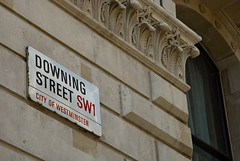 I didn’t see Mr. Brown, however. He and the finance minister were busy working on a deficit budget to bail out the British economy, which became quite a news story while we there. There is quite a bit of opposition to the amount of borrowing the British government is proposing to do to get through the economic hard times. In contrast, the daily protests by Tamils over Sri Lanka were barely covered in the media I saw while there. A couple citizens I spoke to seemed mystified about what the protesters were demanding the government do about the situation in Sri Lanka.
I didn’t see Mr. Brown, however. He and the finance minister were busy working on a deficit budget to bail out the British economy, which became quite a news story while we there. There is quite a bit of opposition to the amount of borrowing the British government is proposing to do to get through the economic hard times. In contrast, the daily protests by Tamils over Sri Lanka were barely covered in the media I saw while there. A couple citizens I spoke to seemed mystified about what the protesters were demanding the government do about the situation in Sri Lanka.
Coming back down the street toward Parliament, I happened upon the aforementioned Sri Lankan Tamil protest. I’m not sure how I missed it the first time around; perhaps they had not started “protesting” yet and I took them for tourists.
At first, I was quite surprised to come upon the scene and found it rather exciting. There was definitely some action as the huge crowd spilled out of the park at one point and blocked Bridge St. The police were trying to hold them , but got pushed back and eventually fell back to protect the House of Commons, etc. Ultimately, it was all pretty civil, and well behaved on this day. After taking about 100 photos at the protest, I headed back up Parliament St toward the National Gallery. This time the Horse Guards were out and I got a couple shots.
Soon I arrived at Trafalgar Square, and got the standard shots of the Nelson’s Column and National Gallery in the background. I immediately recognized Admiralty Arch from my previous visit to London, but only as a landmark I passed through to get to the ICA.
I spent only about two hours in the National Gallery. Since I was traveling on a budget, I didn’t spring for special exhibits, but immensely enjoyed the fabulous permanent collection in the rest of the museum, which is free.
After the NG, I headed up Strand toward St Paul’s Cathedral. Along the way, I passed Somerset House, a large historic complex which I’d not heard of before, but which appeared to include a wonderful art venue and be worth a special effort to visit in the future. More on that and the rest of Monday in the next post, coming soon.
Welcome to London
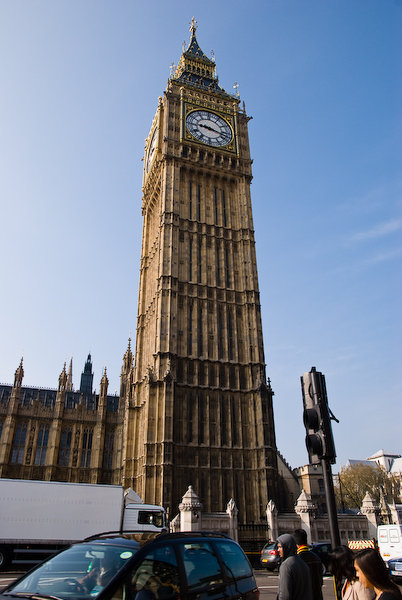
Big Ben in the morning.
So, as I mentioned previously, I took the tube to Westminster. I walked out of the station and looked up at good old Big Ben, shining gloriously in the morning sun. That was pretty exciting in itself. I walked along the Thames a bit, marveled at the London Eye (ferris wheel on steroids), and generally walked in circles touching on Horse Guards, Downing St, WWII memorial, and so on.
I came back out onto Parliament St and noticed more activity in a crowd gathered there. This turned out to be another day of protest by Sri Lankans demanding a cease fire between the Tamil Tiger rebels and the Government.
Pretty quickly, the mass had spilled out on to the street, chanting “We want, cease fire!” and the police piled in to push them back. But before long the throng pushed police lines back and it was chaos. The police reformed a line half a block back. But then a commander came and I heard him say, “They must not reach Parliament. It must not be breached!” as he order the line off the street, effectively abandoning the streets to the marchers in order to defend the House of Commons and Parliament.
Before too long reinforcements showed up with wagons and blocked the streets with vehicles. I stayed around too shoot for awhile, but eventually thought it was time to do some more conventional sightseeing.
Fastest Mailbox in the World
I’ve been going back to Fresno every couple weekends to fix up my mom’s house and get it re-rented. Driving from the house to the hardware store I passed by this mailbox. Each time, I was in a hurry to get something and get back to work. But by the third time, I could not stand it anymore. I had to stop and snap some shots.
I can understand the flames. I can understand embellishing the mailbox. But I just can’t quite grasp the exhaust manifold. Wheels? That I could see. Wings? No problem there. Conning tower? OK, maybe. But exhaust manifold? I guess I’ll just chalk it up to another aspect of the Fresno aesthetic that makes it such a strangely alluring place.
She’s a Beauty 2

She’s a Beauty 2, originally uploaded by neocles.
The other day I was reflecting on my habit of photographing old cars around my neighborhood. It’s curious, because I am not particularly into cars. But I am in a phase in which I’m enamored of old things, mostly mid-century things. Even this interest, however, suddenly struck me as making little sense. I thought of Heraclitus. There is a way of understanding time that goes back to something he said: “You cannot step into the same river twice, for all is change.” So, why become obsessed with the past? Perhaps the Italian Futurists had it right: tear it all down and rebuild culture with every new generation.
I started thinking about this metaphor of time flowing, of time as a river, and a powerful, inexorable one at that. The surface may be placid and peaceful, or raging and turbulent, just like the “the times”. But no matter the surface, the current beneath pushes everything out into the vast ocean of oblivion. The lesson behind this way of trying to understand time is that resistance is futile, that try as one might to hold on to something, to keep things the way they are, it is impossible. What now is, will be stripped away. Thus, it is better to accept change, to embrace it and push it forward.
It seems to me that the river metaphor turns on an idealization: a river flowing within an idealized channel with perfectly frictionless banks. Only in this way can it persuade us that resistance is futile. The ephemera of existence — in this context, all of existence is ephemera — all float by uniformly and obediently.
Now, it also seems to me that filling out this metaphor of time as a river leads to something else. Trading in the idealized channel for something more closely resembling that of a river in our actual experience, we see that not all the contents of the river are propelled equally well and swiftly downstream. Instead, the banks of the river contain secrets. Nooks and crannies trap flotsam and create eddies. Bugs and toads, twigs and soda cans all linger there. Perhaps some things stick around for awhile. Perhaps not forever, but longer than ourselves. In that sense, trying to hold on to the things to which we are emotionally attached might not be so futile after all. Perhaps we can explore the banks of this river and find many things twirling there for our enjoyment. Like old cars.
Watching Over Me
A portrait of my father taken when he was a young man, probably about 1918 or so. Here it is up in my mom’s apartment in Albany CA. 2009.
It hung on the wall in the living room, in the corner, next to the door, over the couch, when we lived at 1210 Griffith Way. When I was really little, up until at least seven or eight years old or so, I was scared to be alone in the room with it at night–i felt like the eyes followed me. I surely loved my father, and i was not scared during the day, but somehow, at night everything changes.
I can’t quite bring myself to put it up in my mom’s room at the rest home. I’ll have to scan it and print a copy for her to have there.
i was holding it in my hand today, and really looking closely at it, noticing the various imperfections, damaged corners and so on. I also really noticed what a fine looking young man my father was. He was 63 when I was born, so my concept of him is, of course, of an older man. I wondered too, about his motivation for having such a portrait made of himself, at 18 or 20 years old, fresh off the boat in New York and not speaking much English at the time. Was it a simply convention to do so? Was it vanity? Was it for family?
I’ll never know.
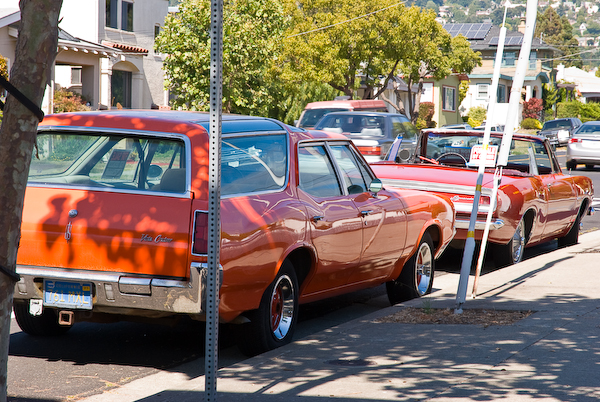
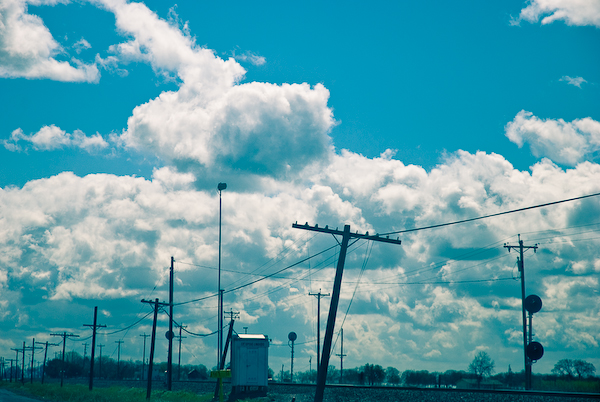
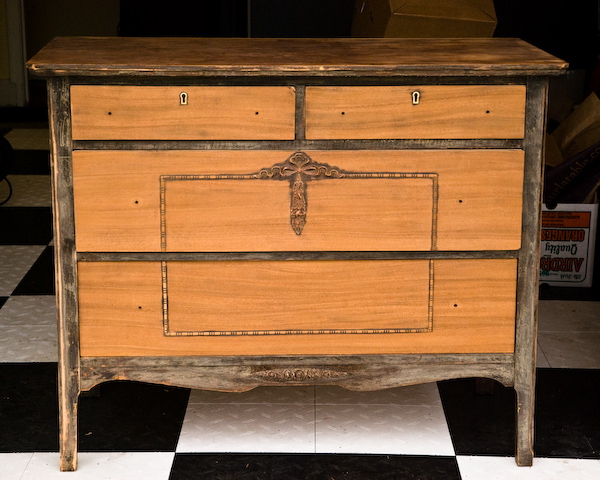
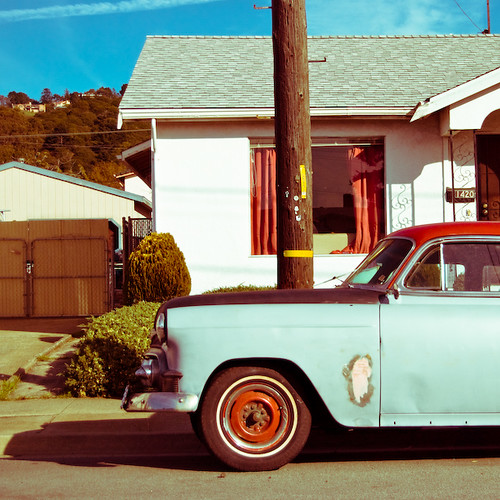
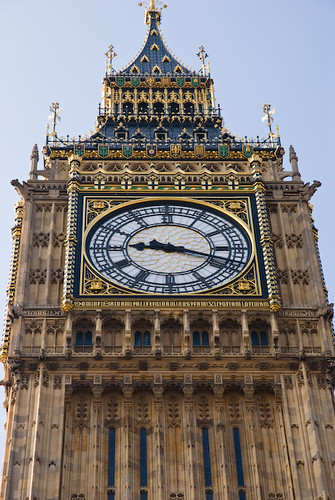
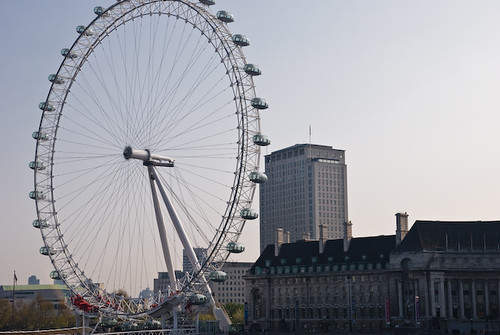
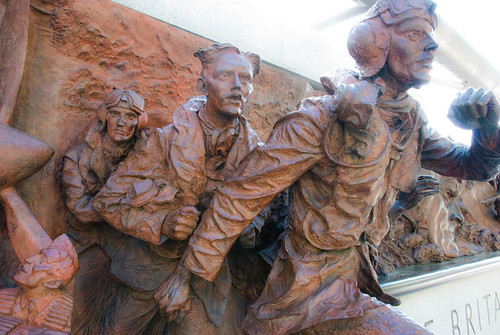

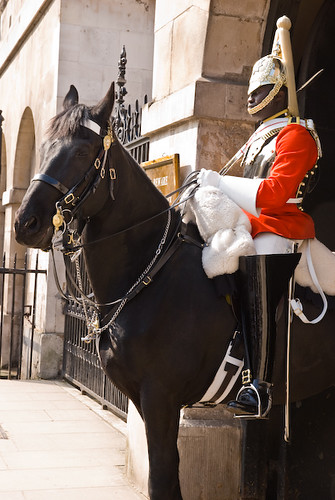

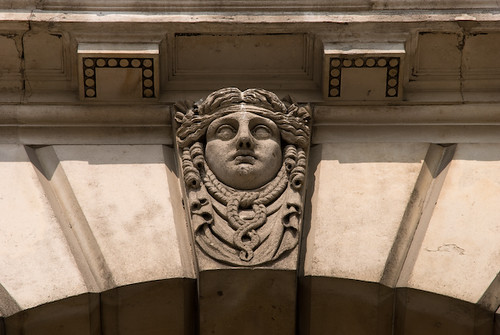
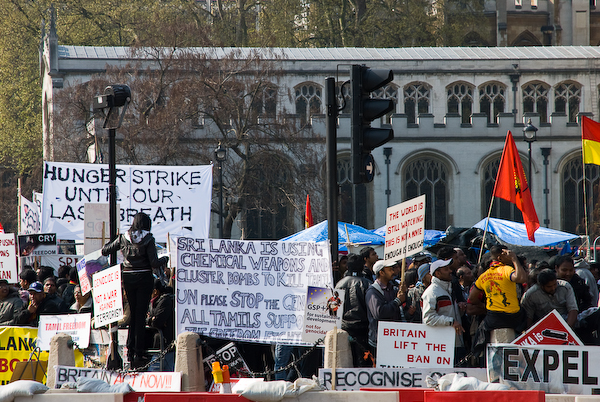
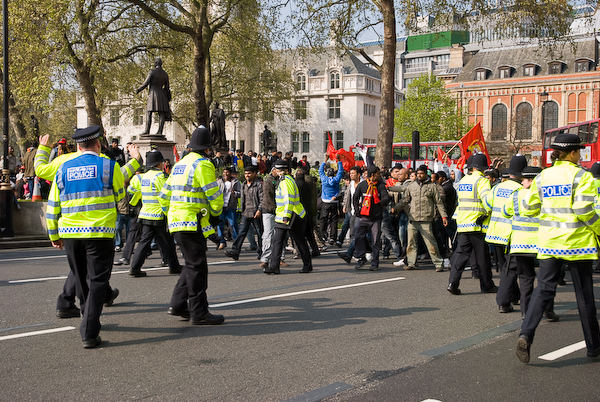


You must be logged in to post a comment.